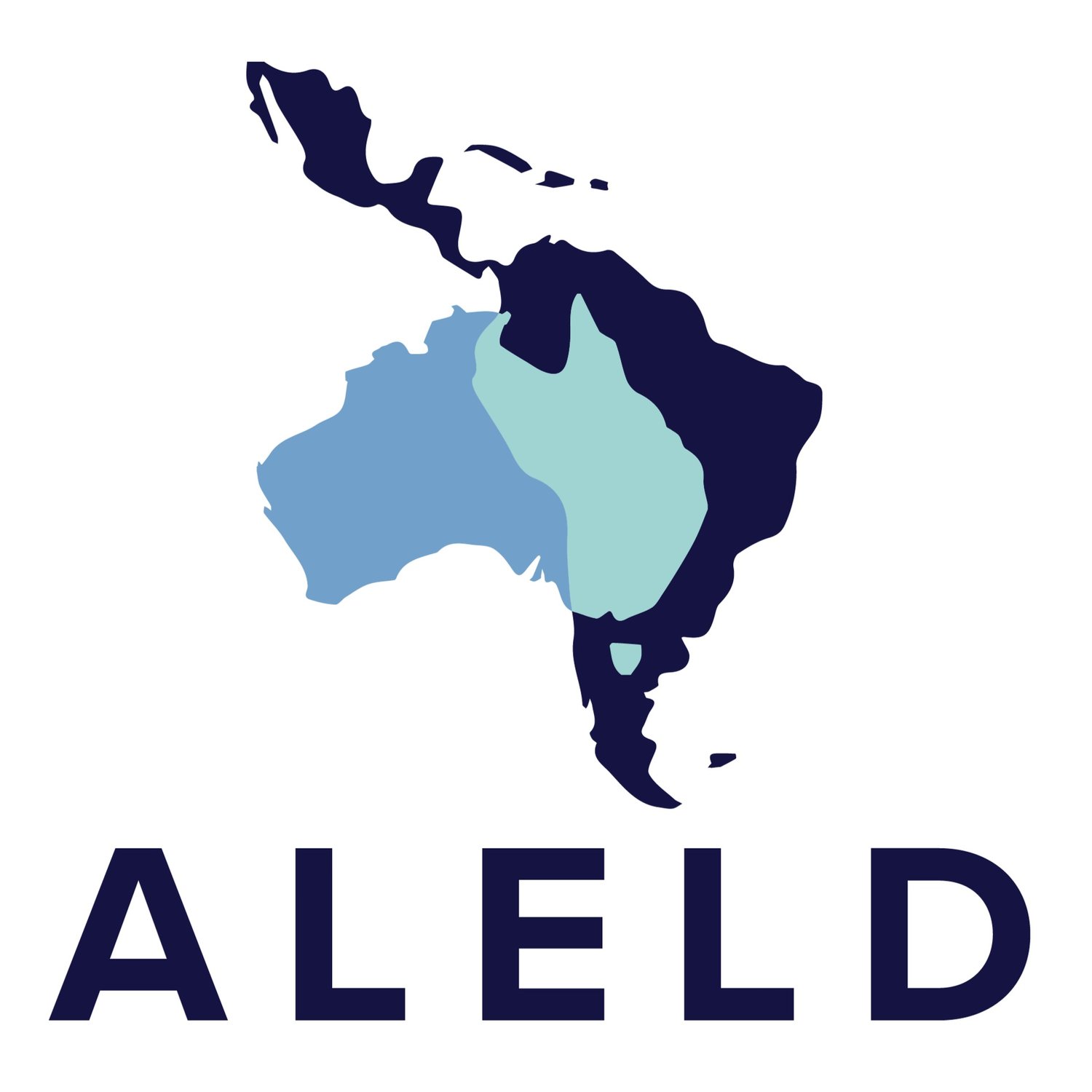Prioritising the Role of Latin American Women in Energy
Latin America is known for being a region with abundant natural resources and a clean electricity matrix, predominantly based on hydroelectric dams. Despite the green outlook, hydroelectric generation has plateaued over the last couple of years while oil and gas generation has increased. Climate change has been a major driver of water shortage and prolonged periods of drought, which have lowered dam reservoirs and demanded additional generation. In most Latin American countries (LAC), this gap is filled by the 500 thermoelectric power plants based on burning fossil fuels and accounts for the main source of electricity in 2015. Considering that population and GDP growth have triggered an increase in energy use––which tripled over the past forty years, representing more than 8% of the increase in global energy demand over the period––it is necessary to rethink our energy transition pathways.
The COVID-19 pandemic has added another layer of adversity to the most vulnerable populations in Latin America. Some of the poorest communities can no longer afford basic services, and access to electricity has become more challenging. As of 2019, the number of people without access to electricity worldwide was 770 million, with more than 2.6 billion having no access to clean cooking. According to Tearfund, “on current trends it is expected that 620 million people will remain without access to electricity in 2030, and 2.3 billion will have no access to clean cooking solutions.”
Although Latin America scores higher than Sub-Saharan Africa and Southeast Asia in terms of energy access as most countries have achieved 100% electricity, cooking with firewood and charcoal is still very common amongst women in rural areas and indigenous communities. Household air pollution from cooking using smoke is linked to approximately 2.5 million premature deaths every year. Women account for the vast majority of deaths as they are tasked with household chores in most cultures. Considering that the United Nations’ Sustainable Development Goal 7 is responsible for ensuring access to affordable, reliable, sustainable and modern energy for all––including clean cooking––it is the responsibility of future leaders to identify how to best achieve these targets having gender equality at heart.
As mentioned before, the energy transition poses innumerous opportunities for unlocking renewable energy technology, innovation and digitalization of our energy systems. Women must be part of this process as they can contribute in the energy value chain as technicians, scientists, experts and policymakers. Latin America is becoming the top market for investments in the renewable energy sector, and according to the U.S. Department of Commerce, Brazil, Chile, and Mexico are among the top countries for U.S. firms and exports of energy technologies. Such potential will translate into new employment opportunities, which will require companies to reconsider the role of women both in entry-level and leadership positions.
In terms of regional diversity, the Women’s Energy Council is comprised of the 275 most influential women in the energy boardroom, and today, they are predominantly from North America (41.4%) and Europe (36.5%), followed by Asia (6%), Africa (5.6%), Latin America (4.8%), the Middle East (3.1%) and Oceania (2.8%). These numbers show how much Latin American women are lagging behind in leadership positions within the energy sector. Having more women at the table is vital to reinforce the importance of quotas in job postings and developing policies that address energy barriers through a gender lens - including clean cooking solutions, subsidies, tariffs, employment and education.
Women are already doing their part by spearheading national and local networks to support each other as they strive to break the glass ceiling in the energy sector. In Brazil, the Brazilian Network for Women in Solar Energy (Rede Mesol) convenes researchers, practitioners, and students pursuing a career in solar energy to share opportunities and publish articles on the challenges faced by professionals in the field. It is still difficult to identify who these women are, their positions, organization, and what they want to achieve in their careers. The lack of gender-disaggregated data is an additional constraint to develop appropriate and evidence-based policies to tackle the problem. By collecting gender statistics in the labor force, policymakers will be better equipped to address such disparities in the energy sector.
For this reason, private sector and government support are critical to collect data and advocate for gender equality in the workplace, within households, and in our society. The energy sector must significantly improve its efforts to become gender inclusive. The earlier we start promoting opportunities for women in the workforce, the closer we will be to achieving SDG 7 for electricity access to the poorest; SDG 5 for gender equality; and SDG13 for tackling climate change through a cleaner energy matrix. With less than a decade to enforce the SDGs, it is imperative that we recognize the interlinkages between the female presence across all sectors and the positive outcomes related to greater productivity, profitability and performance. Considering the importance of the energy sector to Latin America’s development, as future leaders, we must champion the role of women in this sector not only to become more competitive at a global scale but also to get one step closer to a just energy transition.
Content Disclaimer
The views expressed in this article are those of the author and do not necessarily represent the views or opinions of the Australia-Latam Emerging Leaders Dialogue.
